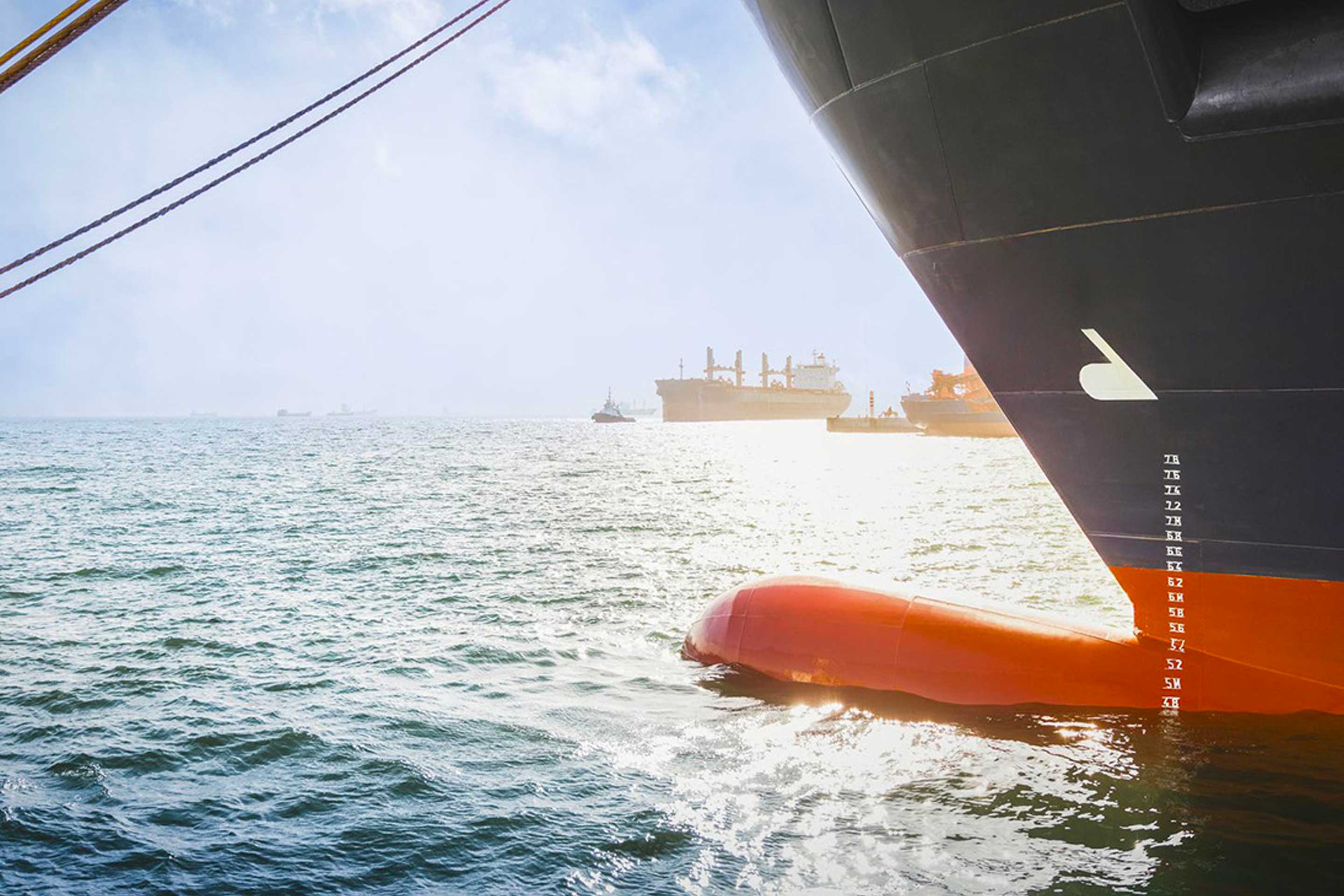With stringent emissions targets to meet over the coming years and decades, the shipping industry needs to evolve, and it needs to evolve fast. We’ve already looked at some of the different fuels that can help the maritime industry to move towards a decarbonized future, from methanol to ammonia, with plenty of other fuels in between, but dual-fuel solutions can also make a big difference.
Along with current more widely adopted fuels, such as diesel and LNG, there are plenty of potential alternatives that could revolutionize and clean up the shipping industry. With so many different choices, a wide range of challenges to overcome and an almost endless range of different use cases, no one fuel is currently the best option for the maritime industry at large.
There is one consistent hurdle irrespective of fuel, however, and that’s the need for global infrastructure that can make alternative fuels a more widespread proposition. This is where dual fuel solutions can help.
Providing more flexibility for owners and operators
With the ability to run on more than one type of fuel, ships can make journeys using the best options available in any location. This means owners and operators can take advantage of more sustainable emerging fuels in locations where production and availability are more widespread, while switching back to diesel for the outward or return part of the journey.
Raphael Ryser, Senior Expert Turbocharging and Engine Technology at Accelleron, highlights flexibility as one of the most beneficial reasons for running dual-fuel solutions. “If the supply of a fuel is not available, you still have a fallback option as you can use existing diesel fuel which is available everywhere, and you have the security that you can operate the vessel at any time.”
“Dual-fuel solutions also provide more flexibility when it comes to meeting greenhouse gas regulations while ensuring operational flexibility,” adds Raphael. Owners and operators can cut the overall emissions of a vessel to the required level by running low carbon fuels like natural gas or regenerative fuels of biological or non-biological origin, or fuel sharing alongside regular diesel. This can prove more economical and less vulnerable to alternative fuel availability than upgrading to vessels which only run on a single type of fuel.
The challenges of dual fuel
Naturally, a ship that runs on more than one fuel has its own set of challenges to overcome. After all, it’s never simply going to be a case of topping up the diesel fuel tank with an alternative fuel such as ammonia and setting off on the return leg.
“There are companies which can convert engines to run on dual fuels, and conversions have been done in the past,” says Raphael, “but generally dual-fuel ships need to be designed from the outset to support more than one type of fuel.”
That’s because there’s more to a dual-fuel ship than simply the engine. There needs to be space for two separate fuel tanks, for starters. It also requires associated fuel lines, conditioning systems that control pressure and temperature, and filters for two different fuels.
Safety-related precautions also need to be considered and implemented, especially when it comes to fuels with more specific storage requirements such as ammonia. Then there’s the engine itself, which requires two different injection systems due to the fuel-specific properties including pressure levels, nozzle diameters and the design features of the injection system. The engine also needs to accommodate different combustion processes.
Playing an important role in the transition to more sustainable fuels
Over the next decade and more, we’re likely to see infrastructure for different types of fuels evolve at different rates. This means the availability of more sustainable fuels will depend largely on location and resources. During this time, dual-fuel ships can play an increasingly large role in the transition from diesel to more sustainable fuels.
Want to know more about other fuels in the shipping industry, and how they can support a more sustainable future? Check out our present and future fuels section.














